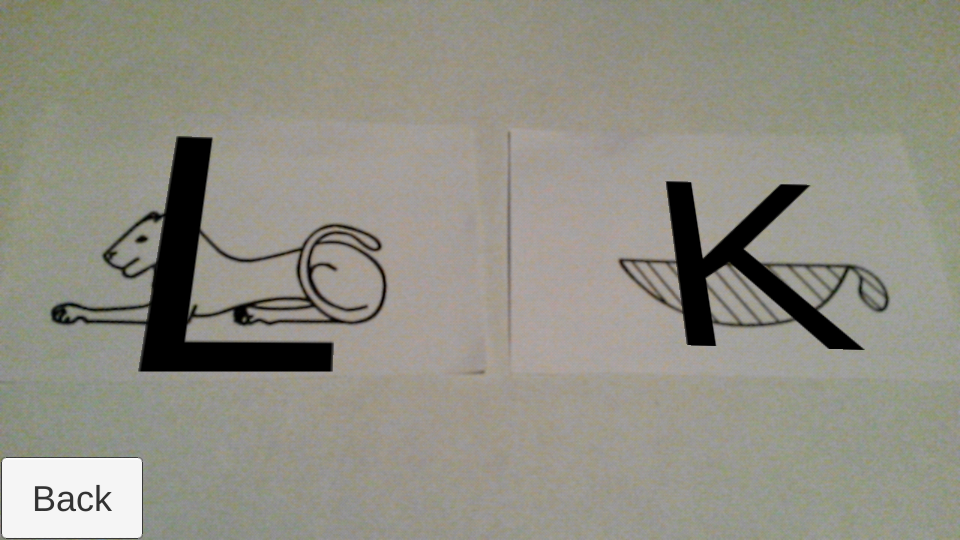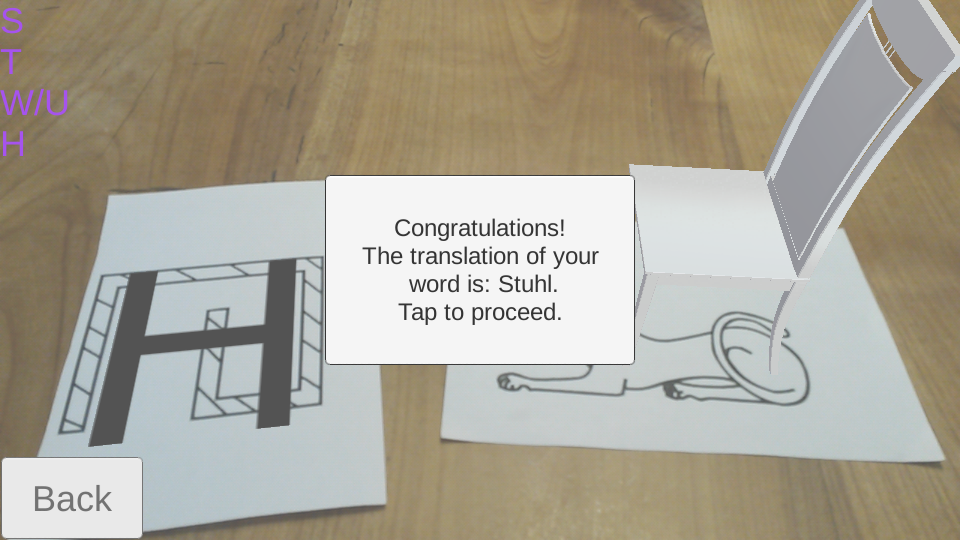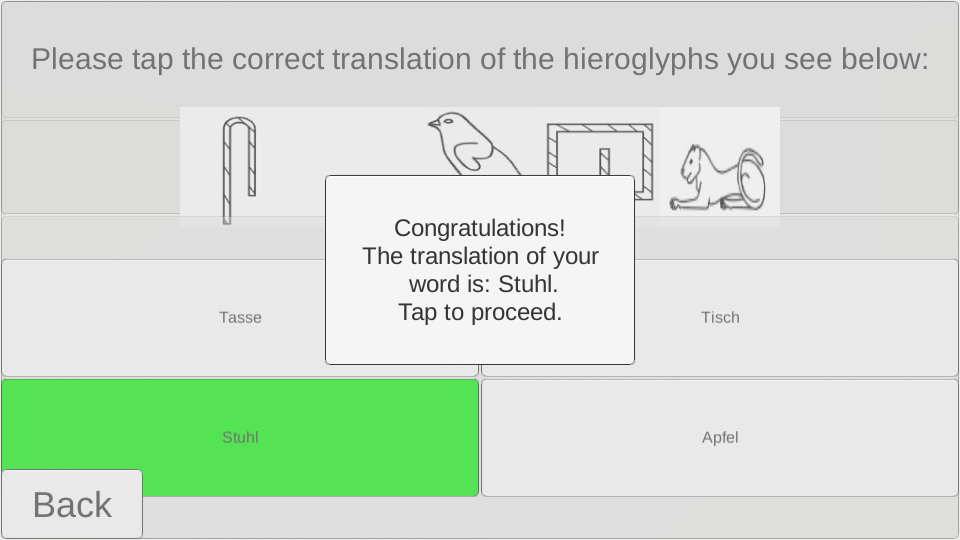Serious Game: Understanding and Learning Hieroglyphs using Augmented Reality
Abstract
The Egyptian picture language, hieroglyphs, has its origins millennia before Christ, whereas Augmented Reality as an area of scientific research has only been studied for a few years. While even this small period of time has seen a flurry of scientific activity, mostly in medical, industrial and entertainment fields, there has been little research done into the applications of Augmented Reality in educational serious games. The area of modern technological approaches to learning hieroglyphs is researched similarly sparingly, even though a multitude of books has been written on the topic in the last two centuries. This is mostly due to the distance of hieroglyphs to Latin script making even learning and understanding of only a few characters a complex and difficult endeavor for the layman. This makes learning hieroglyphs an endeavor usually only taken up by aspiring Egyptologists and Historians specializing in ancient cultures.
This thesis aims to combine Augmented Reality with an educational serious game to create a new method of teaching hieroglyphs, more suited to teaching the basics of the script to laypersons with varying interests in hieroglyphs. This new game will then be compared in effectiveness to an approach based on a traditional gameplay structure using a comparative user study. The study also aims to evaluate both approaches in light of outside factors like a pre-existing interest in hieroglyphics or experience in learning non-Latin scripts.
Images
Conclusions
This thesis demonstrated two educational serious games and showed their possible use as tools for teaching the Egyptian hieroglyphic alphabet. One is based on a new approach using Augmented Reality, whereas the other one is modeled after the board game Mastermind. The games were then employed in a user study where 20 participants played through both games as well as to quizzes integrated into the app. The quizzes and a questionnaire were used to compare the effectiveness of both games in teaching and retaining player motivation. The results of the study support the claim that both methods are useful approaches to teaching hieroglyphs and, in extension, other non-Latin alphabets. However, the data does show that for the introduction of new words the approach based on Augmented Reality, the Building Words game, is superior to the game based on Mastermind. The user feedback given in the study tells us that even in its current state, the app and both games were interesting to a majority of players who expressed interest both in the topic of hieroglyphs and educational apps but also the use of the app for other languages. While there are still some difficulties stemming from user interface design and the low adaptability of some users with low technological affinity, once these are handled we believe both games will be able to be used in a serious educational context.



